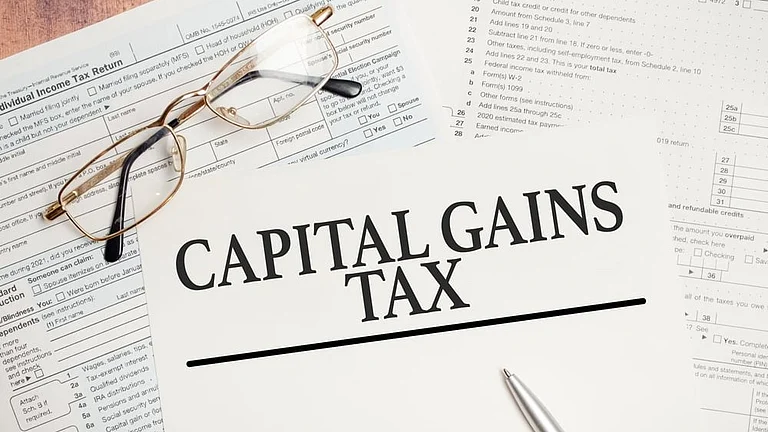After rolling out updated Income Tax Forms 1, 2, 3, 4, 5, and 6 recently, the Central Board of Direct Taxes (CBDT) has now released the revised ITR-7 form for the assessment year (AY) 2025-26. The form has some key changes that charitable trusts, political parties, and other tax-exempt institutions will need to pay close attention to.
ITR-7 for AY 2025-26 Is Out: Here Are New Reporting Rules for Exempt Entities
This form will be applicable for income earned in financial year (FY) 2024-25 and must be used for returns filed from April 1, 2025, onwards.
This form will be applicable for income earned in financial year (FY) 2024-25 and must be used for returns filed from April 1, 2025, onwards.
So what has changed?
The income tax department has announced some key changes in terms of reporting schedule capital gain, which now requires a split of capital gains earned before and after July 23, 2025. The data marks the introduction of some tax amendments, and the form has been updated to capture this divide.
Another change worth noting is that the entities can now claim a capital loss on share buybacks, but only if the corresponding dividend income was declared as ‘income from other sources’. This clause applies to transactions carried out after October 1, 2024.
This change could be tax department’s intent to prevent any mismatches or misuse when it comes to such instruments.
There is also a revision in how deductions under Section 24(b) (interest on borrowed capital for house property) are reported and a new requirement to specify the TDS section code in Schedule TDS, a minor but critical change for ensuring correct credit.
Who uses ITR-7?
This form is not used by the average taxpayers since it is specifically designed for entities claiming tax exemptions under various sections like 11, 12, 10(23C) and 13 A. Majority of such entities include religious and charitable trusts, political parties, and educational or research, among others.
The form is used by the following entities:
- Trusts and institutions that claim exemption u/s 11 or 12
- Political parties u/s 13A
- Research associations and universities u/s 10(21) and 10(23C)
- Other institutions that are specified under clauses of Section 10
The updated forms now demand more detailed disclosure about foreign contributions, registrations under laws such as the FCRA and Security Exchange Board of India (Sebi), and whether the entity continues to meet the eligibility criteria for exemptions.
Moreover, voluntary contributions, income accumulation, and how funds are applied will also have to be reported with greater clarity.
One new layer of oversight comes via compliance checks related to Section 13, which deals with the conditions under which exemptions may be withdrawn. If a taxpayer entity violates any of these conditions - which are now more explicitly monitored in the new form - it could affect their tax-exempt status.


